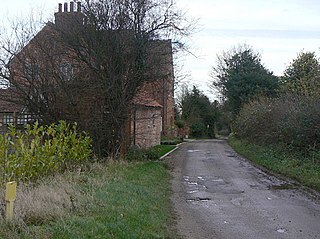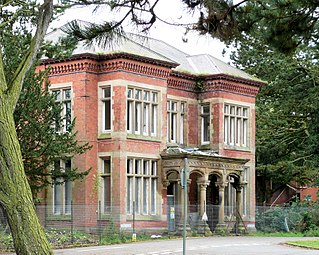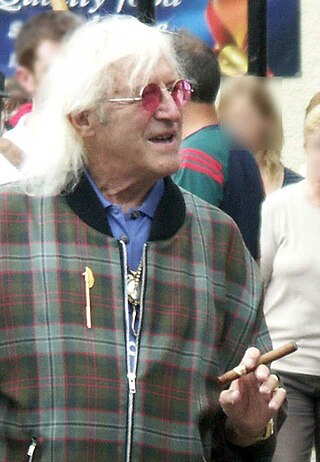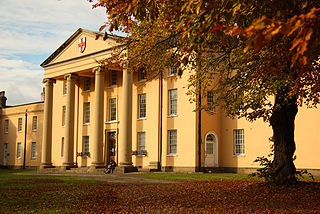
Broadmoor Hospital is a high-security psychiatric hospital in Crowthorne, Berkshire, England.

West Bridgford is a town and the administrative centre of the Borough of Rushcliffe, in the county of Nottinghamshire, England. It lies south of Nottingham city centre, east of Wilford, north of Ruddington and west of Radcliffe-on-Trent; it is also south-west of Colwick and south-east of Beeston, which are on the opposite bank of the River Trent. The town is part of the Nottingham Urban Area and had a population of 36,487 in the 2021 Census.

Gamston is a village, civil parish and suburb of West Bridgford, in the Rushcliffe district of Nottinghamshire, England. It is situated approximately 3 miles (5 km) south-east of Nottingham, and the same distance east of West Bridgford. The population as of 2021 census was 2,173.

William Henry Walker was a prominent English footballer of the 1920s and 1930s. He is considered by many to be one of the greatest footballers to ever play for Aston Villa and England. As a manager he won the FA Cup with each of Sheffield Wednesday and Nottingham Forest, some 24 years apart, a record which still stands.

Radcliffe-on-Trent is a village and civil parish in the Rushcliffe borough of Nottinghamshire, England. The population of the civil parish at the Census 2011 was 8,205, falling slightly at the Census 2021 to 8,144

The Nottingham–Grantham line is a branch line between the city of Nottingham and the town of Grantham in the East Midlands of England. For most of its length it runs parallel to the A52.

High Royds Hospital is a former psychiatric hospital south of the village of Menston, West Yorkshire, England. The hospital, which opened in 1888, closed in 2003 and the site has since been developed for residential use.

Radcliffe railway station (also known as Radcliffe-on-Trent and Radcliffe (Notts)) serves the village of Radcliffe-on-Trent in Nottinghamshire, England. It lies on the Nottingham to Grantham Line, 5 miles (8 km) east of Nottingham. Services run to Nottingham, Grantham, Boston and Skegness.
South Nottinghamshire Academy is a mixed-sex secondary school with academy status located in the village of Radcliffe-on-Trent, in Nottinghamshire, England. The school intake covers pupils from ages 11 to 18, with the upper two years being catered for in the integrated sixth form centre.

Upper Saxondale is a village and civil parish in the Rushcliffe district, in the county of Nottinghamshire, England. It lies in an upland area between the River Trent and the Vale of Belvoir, and between the A52 and A46 roads, close to their junction at Saxondale Roundabout near Bingham. The nearby hamlet of Saxondale was the site of an Anglo-Saxon fort and earthworks, visible from the A52. A civil parish for Upper Saxondale was created from portions of Radcliffe-on-Trent and Cropwell Butler parishes, it came into being on 1 April 2023.

Saxondale is a small hamlet and civil parish in the Rushcliffe borough of Nottinghamshire, England, situated just off the A52 road near to its junction with the A46 road at the Saxondale roundabout, between the settlements of Bingham and Radcliffe on Trent. There is evidence of an Anglo-Saxon fort with earthworks visible from the main road. 30 residents were recorded at the 2021 census.

Whittingham Hospital was a psychiatric hospital in the parish of Whittingham, near Preston, Lancashire, England. The hospital opened in 1873 as the Fourth Lancashire County Asylum and grew to be the largest mental hospital in Britain, and pioneered the use of electroencephalograms (EEGs). It closed in 1995.
Arthur Cecil Caporn was a British judge and Conservative Party politician.

In late 2012 it emerged that Jimmy Savile, a British media personality who had died the previous year, had sexually abused hundreds of people throughout his life, mostly children but some as old as 75, and mostly female. He had been well known in the United Kingdom for his eccentric image and was generally respected for his charitable work, which associated him with the British monarchy and other individuals of personal power.

Castle Gate Hospital, also known as 29 & 31, Castle Gate or the Nottingham Hospital for Women, is a former women's hospital in Castle Gate, Nottingham, England.
Nottinghamshire Healthcare NHS Foundation Trust, based in Nottinghamshire, England, manages the UK’s largest and most integrated Forensic High Secure facility Rampton Hospital near Retford, High Secure Women’s, High Secure Deaf, High Secure Learning Disability and Autistic as well as High Secure Men’s Mental Health), two medium secure units, Arnold Lodge in Leicester and Wathwood Hospital in Rotherham, and a low Secure Unit, the Wells Road Centre at Mapperley in Nottingham.

Richard Ingleman (1777–1838) was a surveyor and architect of Southwell in Nottinghamshire, England. Initially his architectural practice was based on the Southwell area, but he won widespread respect for his designs for the Southwell House of Correction (1807–8). This led to his gaining major commissions for prisons and mental hospitals, particularly in Wiltshire and at Oxford.

Prestwich Hospital is a mental health facility in Prestwich, Greater Manchester, England.

Sneinton Asylum was a psychiatric hospital at Sneinton in Nottingham.


















